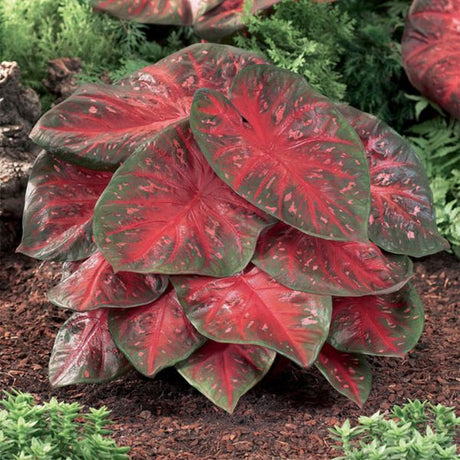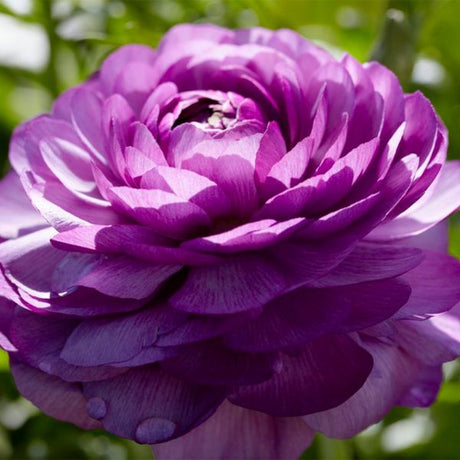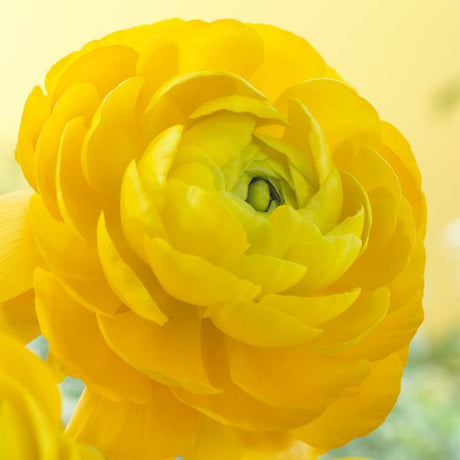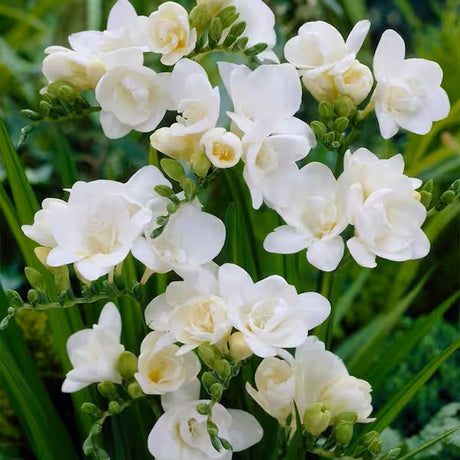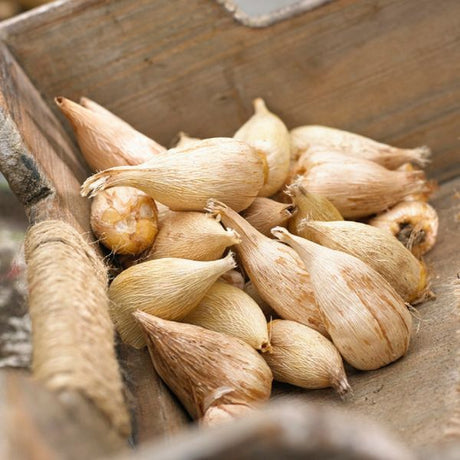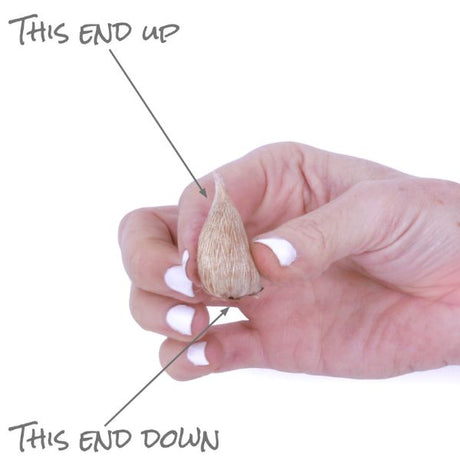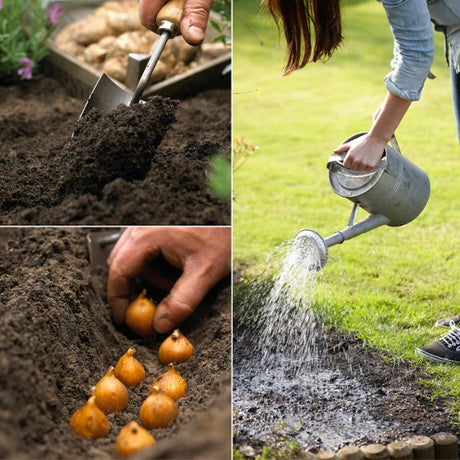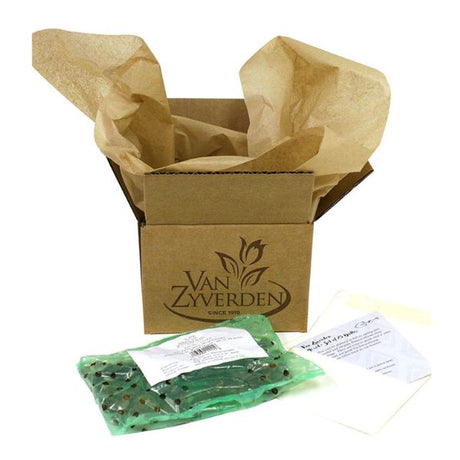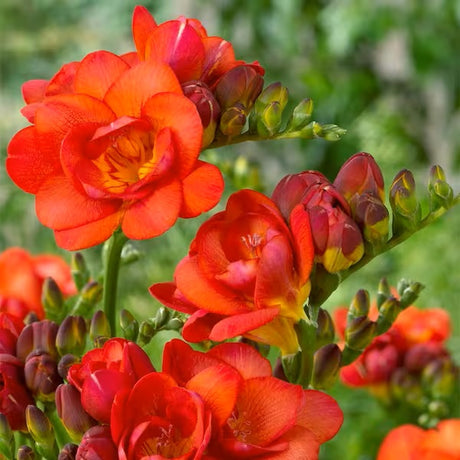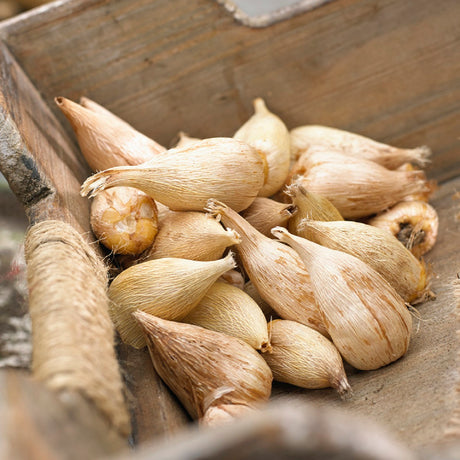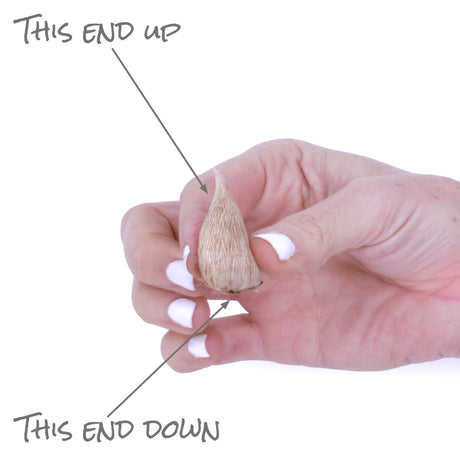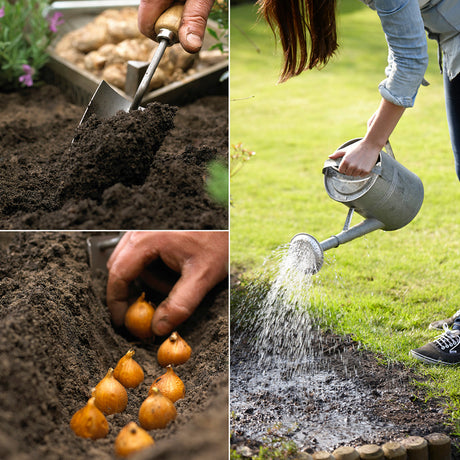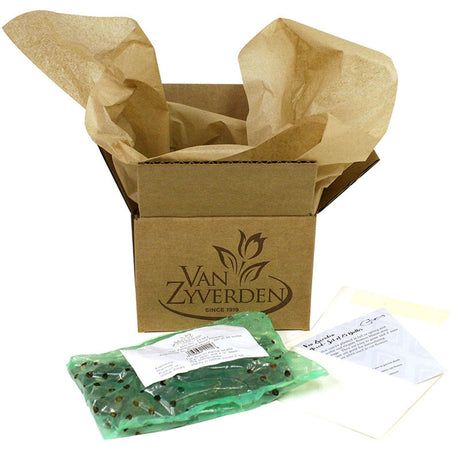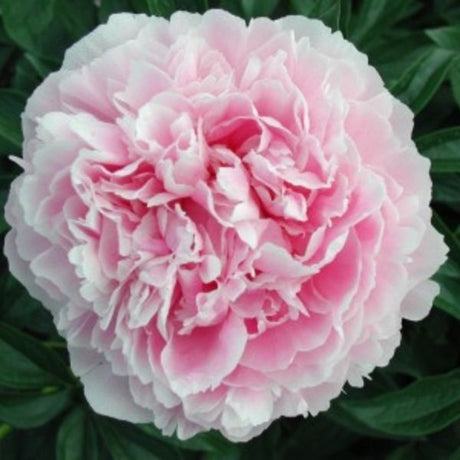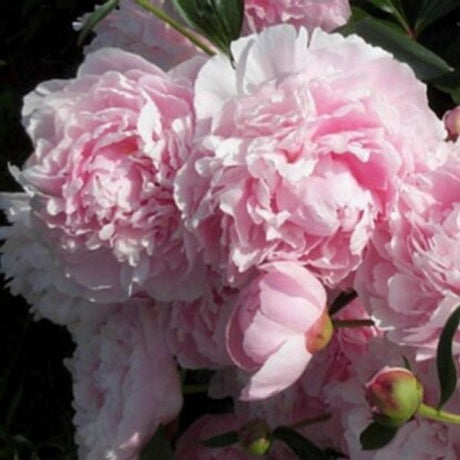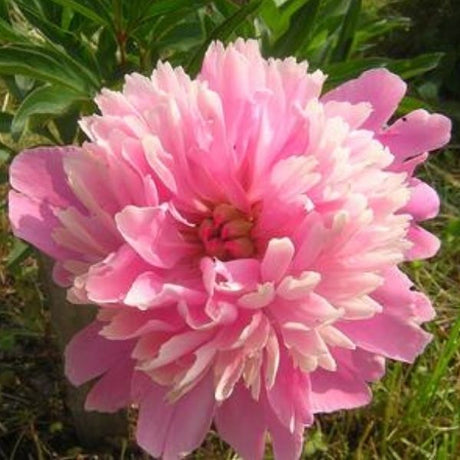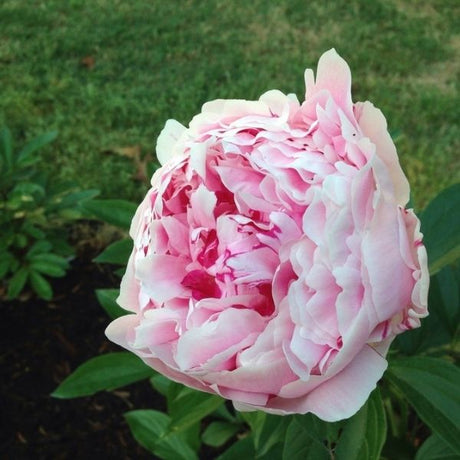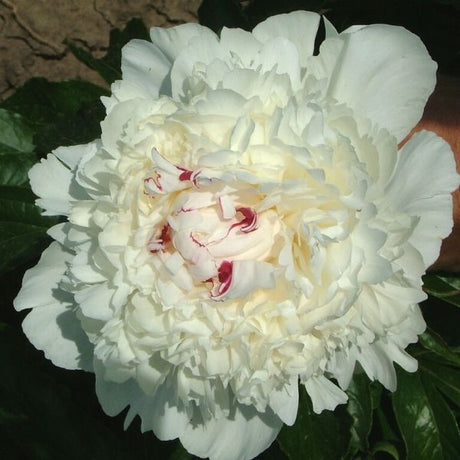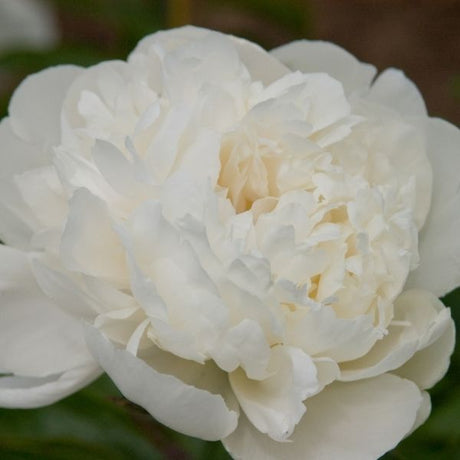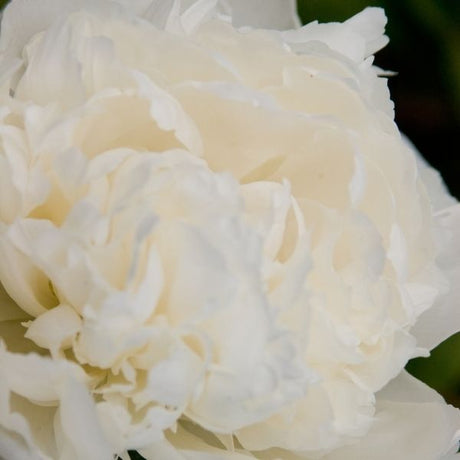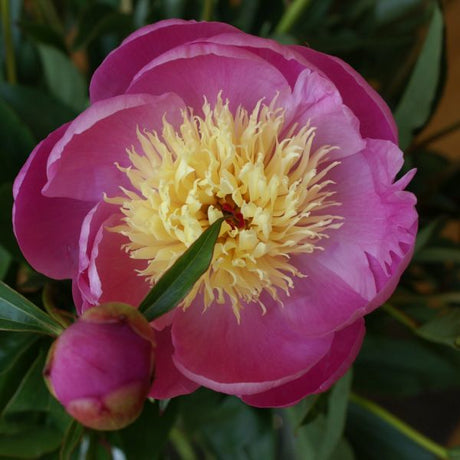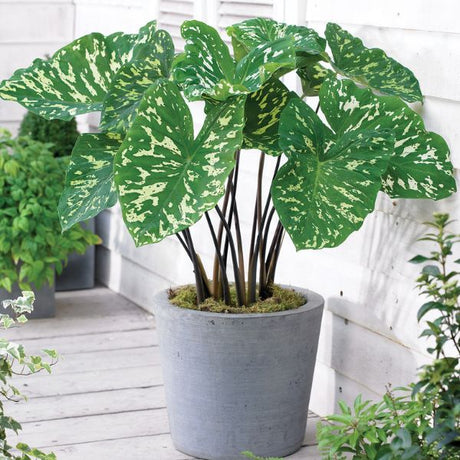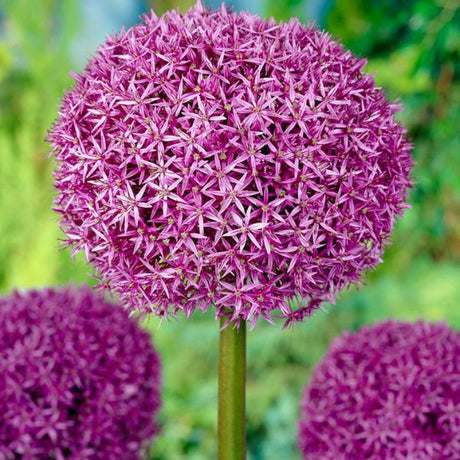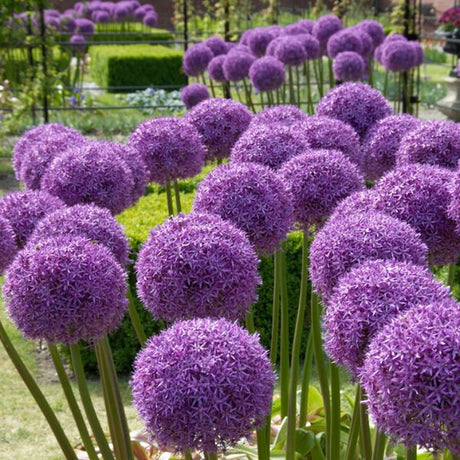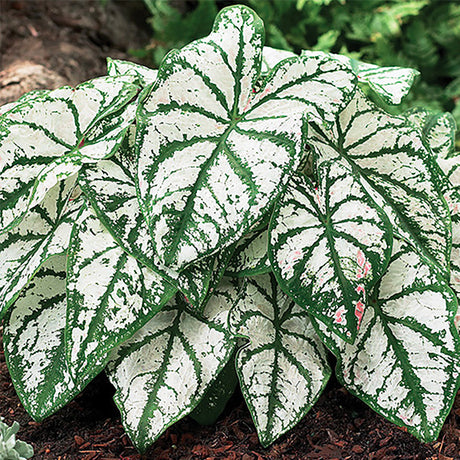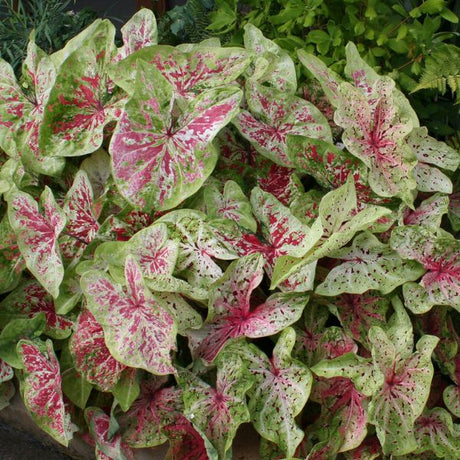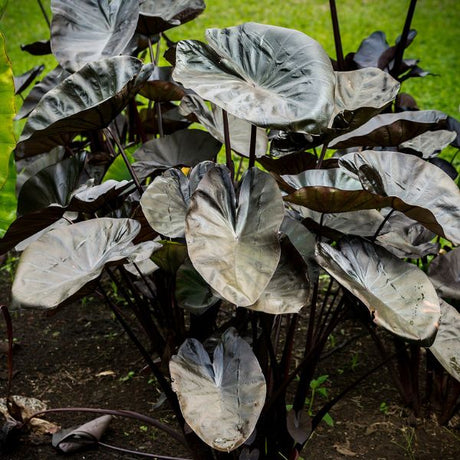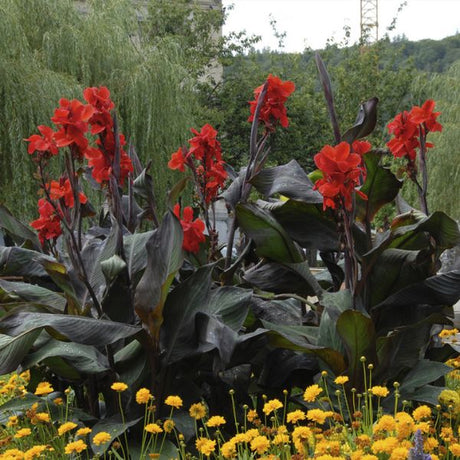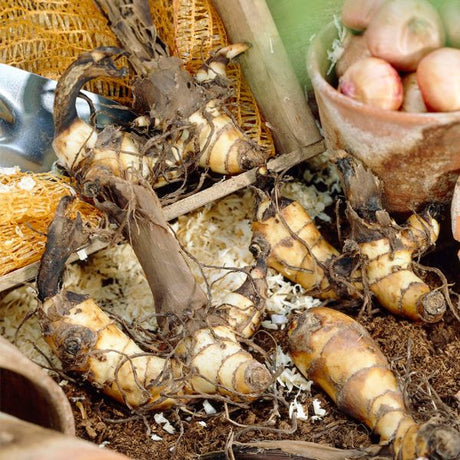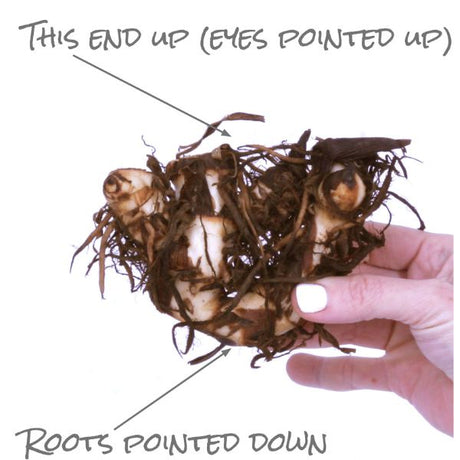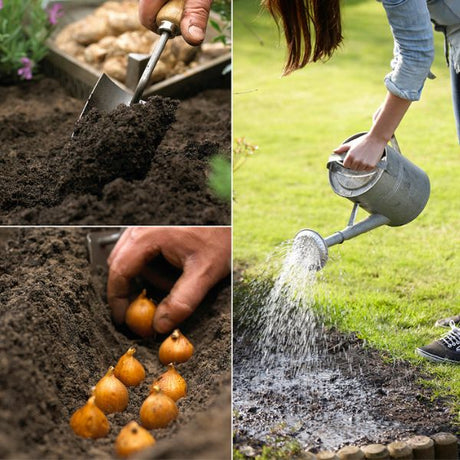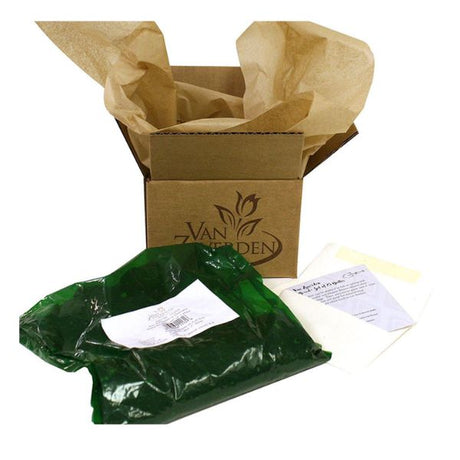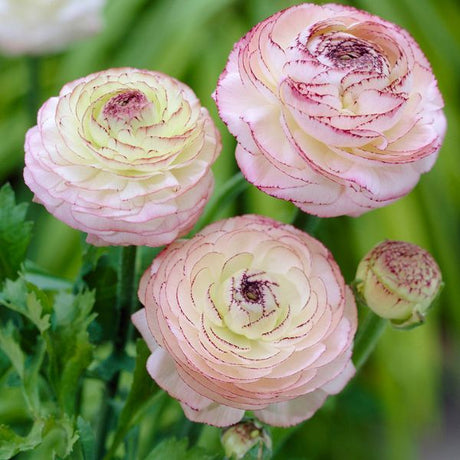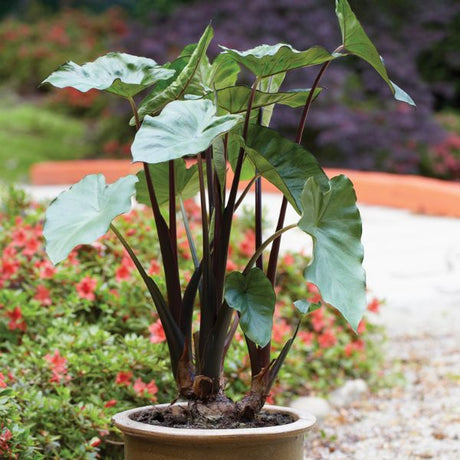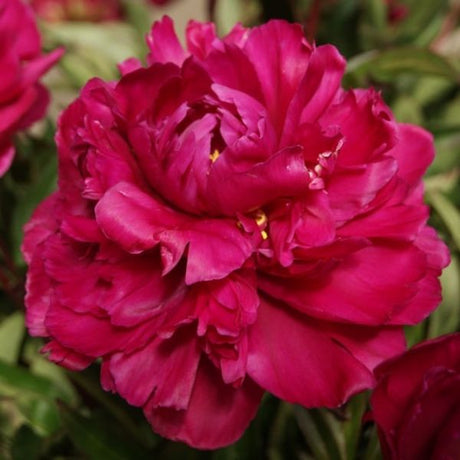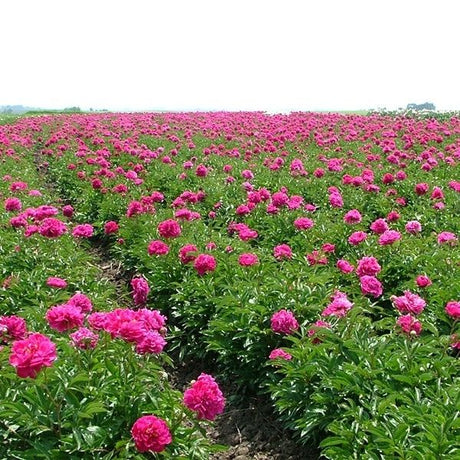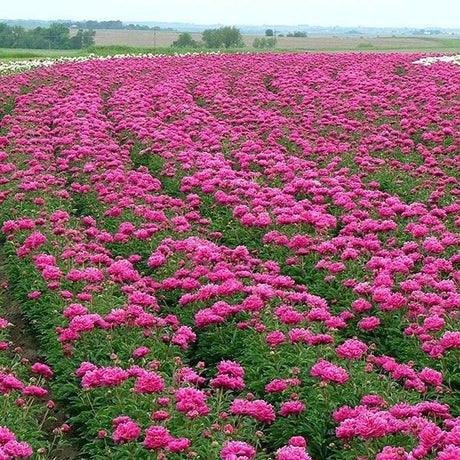Deer, Rodent and Squirrel Resistant Garden Blend
Sale price $8492 Regular price $10139Unit price /Unavailable- Sale price $7984 Regular price $8982Unit price /Unavailable
- Sale price $3994 Regular price $4126Unit price /Unavailable
- Sale price $2990 Regular price $3485Unit price /Unavailable
- Sale price $3998 Regular price $4896Unit price /Unavailable
- Sale price $3913 Regular price $5039Unit price /Unavailable
- Sold out11% offSale price $2955 Regular price $3318Unit price /Unavailable
- Sold out20% offSale price $2986 Regular price $3714Unit price /Unavailable
- Sale price $4979 Regular price $5290Unit price /Unavailable
- Sold out15% offSale price $2950 Regular price $3483Unit price /Unavailable
- Sale price $2994 Regular price $3115Unit price /Unavailable
- Sale price $7962 Regular price $9744Unit price /Unavailable
- Sale price From $2996 Regular price $3473Unit price /Unavailable
- Sold outUp to 18% offSale price From $7456 Regular price $8675Unit price /Unavailable
- Sold out15% offSale price $3420 Regular price $4033Unit price /Unavailable
- Sold outUp to 22% offSale price From $7111 Regular price $8152Unit price /Unavailable
- Sale price $4991 Regular price $5196Unit price /Unavailable
- Sale price $5995 Regular price $7479Unit price /Unavailable
- Sale price $4966 Regular price $5989Unit price /Unavailable
Double Blooming Yellow Freesia
Sale price $2988 Regular price $3243Unit price /UnavailableMinerva Amaryllis Decorative Planter
Sale price $5995 Regular price $6777Unit price /Unavailable- Sale price $5459 Regular price $6729Unit price /Unavailable
- Sale price $7980 Regular price $8939Unit price /Unavailable
- Sale price $3995 Regular price $4827Unit price /Unavailable
Red Lion Amaryllis Decorative Planter
Sale price $5961 Regular price $6636Unit price /Unavailable- Sale price $19960 Regular price $20745Unit price /Unavailable
- Sale price $6495 Regular price $7307Unit price /Unavailable
- Sold out17% offSale price $3987 Regular price $4797Unit price /Unavailable
- Sale price $1463 Regular price $1914Unit price /Unavailable
- Sale price $265 Regular price $320Unit price /Unavailable
- Sale price From $293 Regular price $347Unit price /Unavailable
- Sale price From $273 Regular price $353Unit price /Unavailable
- Sale price From $256 Regular price $310Unit price /Unavailable
- Sale price From $287 Regular price $326Unit price /Unavailable
- Sold out2% offSale price $6487 Regular price $6650Unit price /Unavailable
White Christmas Fancy Leaf Caladium
Sale price From $5451 Regular price $6196Unit price /Unavailable- Sale price From $273 Regular price $364Unit price /Unavailable
- Sale price $3985 Regular price $4250Unit price /Unavailable
- Sale price $4490 Regular price $5427Unit price /Unavailable
Double Dancing Queen Amaryllis
Sale price $3991 Regular price $4655Unit price /Unavailable- Sale price $5979 Regular price $6565Unit price /Unavailable
- Sold out22% offSale price $4484 Regular price $5735Unit price /Unavailable
- Sold out11% offSale price $4997 Regular price $5642Unit price /Unavailable
- Sale price $5977 Regular price $7299Unit price /Unavailable
- Sold out4% offSale price $4983 Regular price $5178Unit price /Unavailable
- Sale price $7990 Regular price $9821Unit price /Unavailable
- Sold out7% offSale price $6970 Regular price $7497Unit price /Unavailable
- Sale price $3989 Regular price $4111Unit price /Unavailable
- Sold outUp to 15% offSale price From $7066 Regular price $8300Unit price /Unavailable
FAQS for Buying Bulbs Online
Which flowering bulbs are the most reliable for beginners and why?
Which flowering bulbs are the most reliable for beginners and why?
First, look for species that tolerate a wide range of soils, shrug off pests, and naturalize (multiply) without fuss. Daffodils contain alkaloids deer and rodents dislike, so they rarely get eaten. Crocus and grape hyacinth push early color yet require almost no care once planted. Alliums deter browsers with onion‑scented foliage while adding dramatic globes later in spring. Because these bulbs store their own energy reserves, they bloom the very first season; their built‑in food supply and pest resistance eliminate two major failure points for new gardeners, turning early success into long‑term confidence.
When should I plant spring‑ and summer‑flowering bulbs, and how deep should they go?
When should I plant spring‑ and summer‑flowering bulbs, and how deep should they go?
Start by matching planting time to each bulb’s natural growth cycle. Spring‑bloomers (tulip, daffodil, hyacinth) need cold to trigger buds, so plant them in fall—when soil cools to 55 °F but before it freezes—to give roots 4–6 weeks of growth. Summer‑bloomers (dahlia, gladiolus, canna) are frost‑tender; plant after soil warms above 60 °F in mid‑ to late spring. Depth matters next: a simple rule is two to three times the bulb’s height—e.g., a 2‑in. tulip bulb sits 4–6 in. deep. Planting too shallow risks frost heave and animal damage; too deep can exhaust stored energy before shoots reach light. By aligning season and depth, you satisfy both chilling or warmth requirements and secure sturdy stems come bloom time.
How do I “layer” bulbs to create continuous blooms from early spring into summer?
How do I “layer” bulbs to create continuous blooms from early spring into summer?
Think of the planting hole as a lasagna pan: bottom layer—late‑bloomers like alliums or late tulips 8 in. deep; middle layer—mid‑season tulips or daffodils 6 in. deep; top layer—early crocus or miniature iris 3 in. deep. Staggering bloom times vertically lets each layer emerge after the previous one fades, giving six to ten weeks of color from a single spot. Add a sprinkle of bulb fertilizer between layers, back‑fill soil, and water well. Because bulbs occupy different soil strata and active periods, they don’t compete heavily for nutrients or light, yet they share the same planting effort—maximum floral return for one dig.
How can I protect bulbs from squirrels, deer, and other wildlife?
How can I protect bulbs from squirrels, deer, and other wildlife?
Begin with plant choice: daffodils, alliums, fritillaries, and snowdrops contain compounds most mammals avoid. For tasty bulbs like tulips or crocus, install a ½‑in. galvanized hardware‑cloth cage over the planting hole, then back‑fill; roots and shoots pass through, but rodents cannot dig down. Sprinkle crushed oyster shell or sharp gravel around the hole—gnawing animals dislike digging through abrasive material. Finish with a 2‑in. mulch layer to hide freshly disturbed soil (a visual cue for squirrels). Above‑ground, spray a rotating scent‑based repellent every two weeks while shoots emerge; combining resistant genetics, physical barriers, and scent confusion closes the loopholes wildlife exploit.
Can I grow bulbs successfully in containers, and what special care do they need?
Can I grow bulbs successfully in containers, and what special care do they need?
Yes—containers let you force early blooms or add portable color. Choose a pot at least 10 in. deep with drainage holes. Fill with a loose, peat‑based mix amended with 20 % sharp sand for drainage. Plant bulbs at the same depth rule (2–3 × their height), crowding them slightly closer than in beds for a fuller show. Chill requirement: most spring bulbs need 12–16 weeks at 35–45 °F; place the pot in an unheated garage or refrigerator, keeping soil just moist. After chilling, move it to 50–55 °F light for shoot emergence, then into bright sun. Water when the top inch dries and feed with half‑strength liquid fertilizer once shoots are 2 in. tall. For summer bulbs, skip chilling but provide consistent warmth and weekly feeding. With the right pot, mix, and temperature sequence, container bulbs flower as reliably as those in the ground while adding flexibility to decks, patios, or indoor displays.


